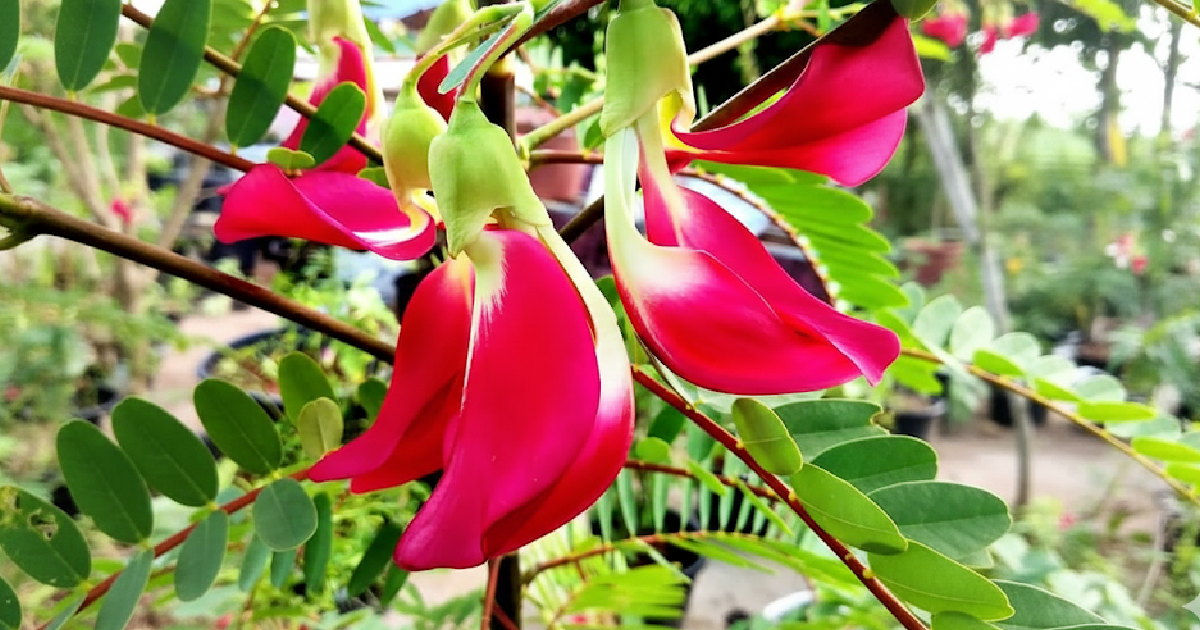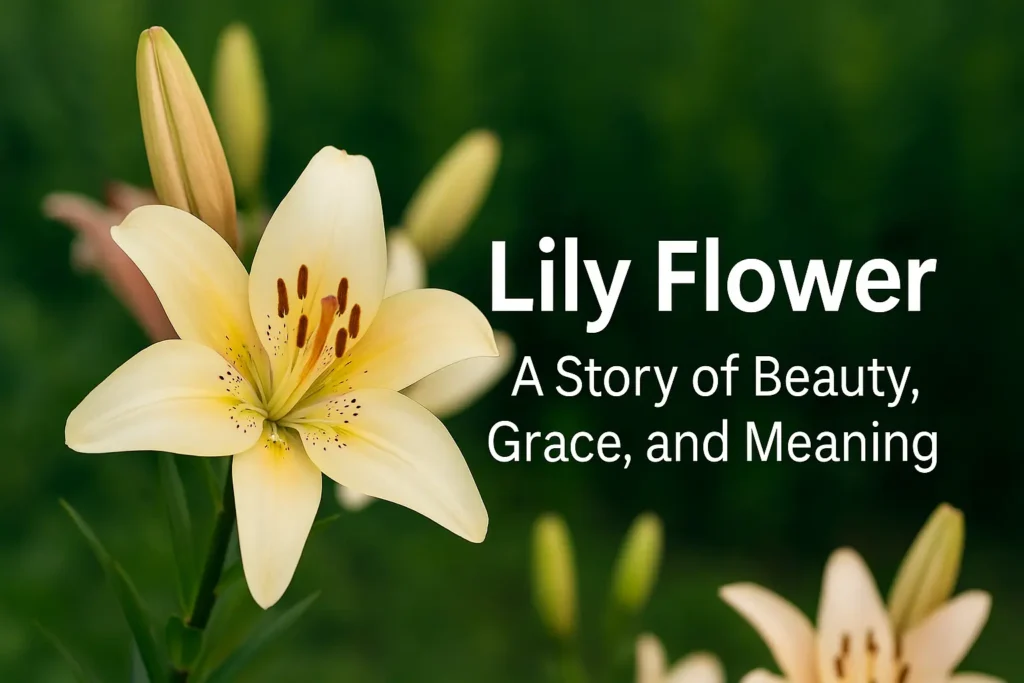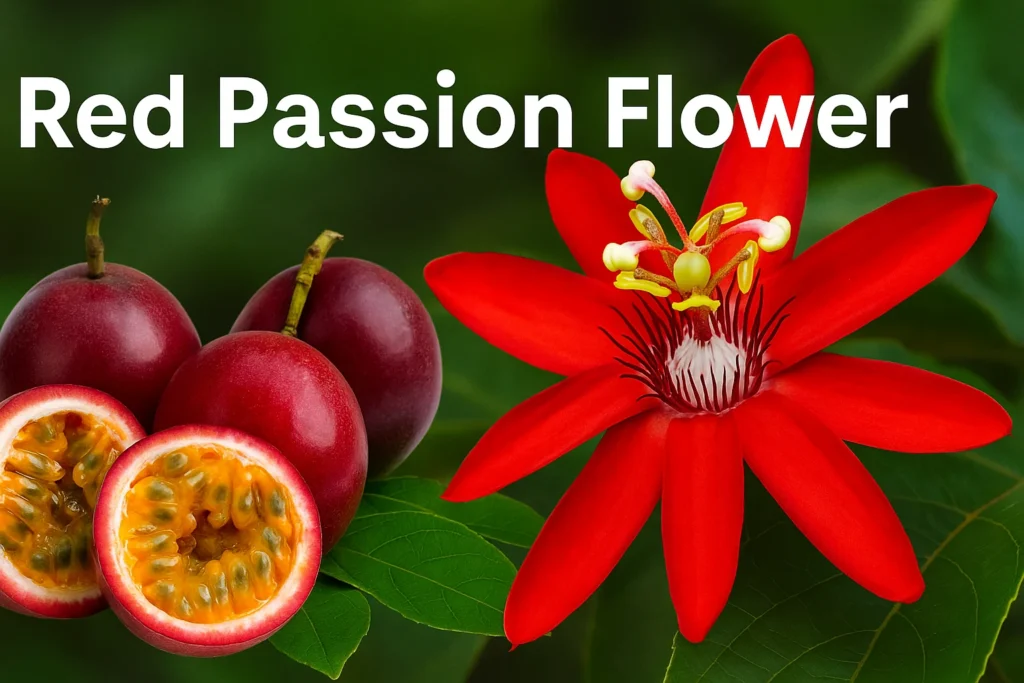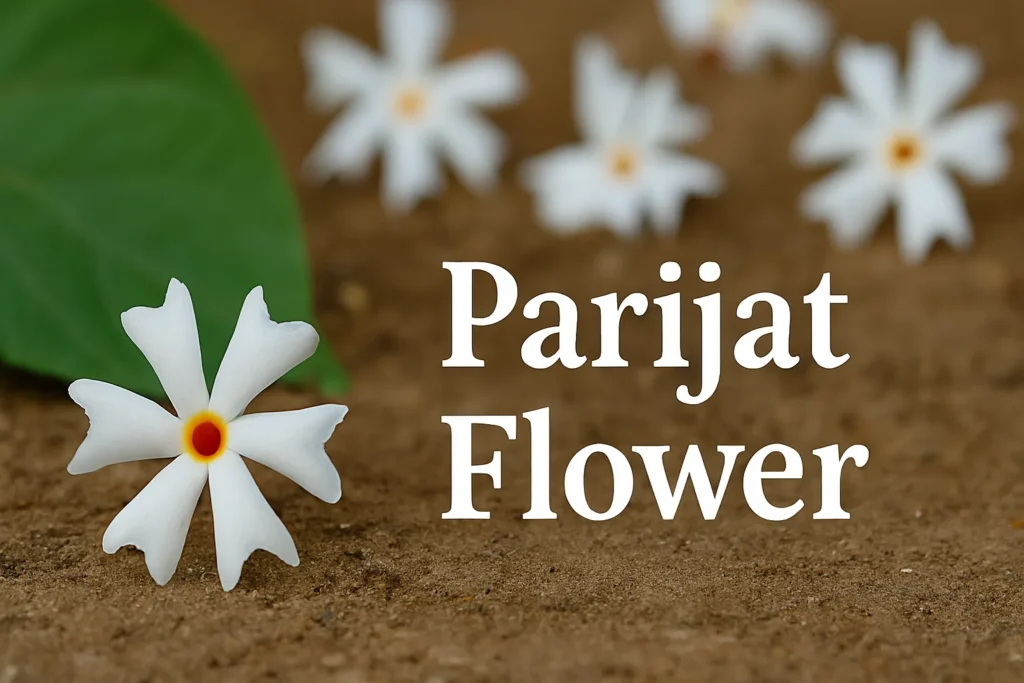Flowers can do more than brighten a space; they can nourish, heal, and connect us to tradition. The Agastya flower, known scientifically as Sesbania grandiflora, is one of those rare plants that blends beauty with real-world usefulness. In this friendly guide, we’ll unpack what it is, how to grow it, why it matters in culture and health, and simple ways to add it to your garden.
What is Agastya Flower (Sesbania Grandiflora)?
Before we talk benefits and uses, let’s get familiar with the plant itself. The Agastya tree is a fast-growing legume native to Southeast Asia and widely grown across India. Its soft, pinnate leaves and bell-shaped blossoms, usually white, pink, or red; make it instantly recognizable. Because it fixes nitrogen, it also helps improve soil quality naturally, which is a big win for home gardeners.
The Sesbania grandiflora flower attracts pollinators like bees and hummingbirds, and with the right sunlight and watering routine, it can bloom generously in warm climates. Many households value it as both an ornamental and a functional edible plant.
Cultural and Traditional Significance of Agastya Flower
Every plant tells a story, and this one is deeply woven into Indian traditions. Associated with the sage Agastya, the flower symbolizes purity, balance, and nourishment. In many communities, it appears in rituals and festive offerings. In South Indian kitchens, the leaves and Sesbania grandiflora flowers are cooked into simple stir-fries or added to dal for a gentle, slightly bitter flavor that pairs well with spices and coconut. This blend of spiritual and everyday use is why the plant has remained popular for centuries.
Agastya Flower Benefits and Medicinal Uses
Let’s look at what makes this plant so helpful in daily life. The agastya flower benefits range from nutrition and traditional wellness to environmental support in your garden.
Nutritional Value of Sesbania Grandiflora
Think of the plant as a leafy, flowered multivitamin. The blossoms and leaves are known to be rich in vitamin A, calcium, iron, and plant compounds valued in traditional health systems. People often include the young leaves and flowers in soups or lightly sauté them to support immunity and overall vitality.
Medicinal Uses of Agastya Flower in Ayurveda
When people ask about Sesbania grandiflora medicinal uses, they usually hear about support for occasional cough, mild fever, digestion, and eye comfort in folk practice. Preparations vary by region—some prefer simple teas, while others simmer leaves with spices. Always remember: traditional use is not a substitute for medical care. If you have a condition or take medication, consult a professional.
Environmental Benefits of Sesbania Grandiflora
As a nitrogen-fixing legume, the tree naturally improves soil structure and fertility. That means healthier beds and happier companion plants without relying heavily on synthetic fertilizers. It’s one reason eco-minded gardeners choose it when building resilient, low-input gardens.
If you enjoy discovering remarkable mountain flora with cultural value too, read about the Buraansh Flower.
How to Grow Agastya Flower at Home?
Starting this plant is straightforward, even for beginners. Here’s a friendly, step-by-step overview to get you blooming faster.
- Soil and Site: Choose well-draining sandy or loamy soil. The roots dislike standing water, so raised beds or mounds are helpful where rains are frequent.
- Sunlight: Full sun is perfect. At least six hours of direct light helps the plant produce stronger growth and more flowers.
- Watering: Keep moisture even but not soggy. Young plants appreciate regular watering; mature trees become more drought-tolerant.
- Pruning: Trim lightly to shape and encourage branching. Pruning after a flush of flowers can set the stage for the next wave of buds.
- Propagation: You can start from seed or cuttings. Seeds germinate reliably in warm conditions; cuttings are useful if you want to match a known flower color.
Culinary Uses of Sesbania Grandiflora Flowers
If you like edible landscapes, this is a thoughtful addition. The flowers are typically blanched and sautéed with onions, chilies, and coconut or added to dals and thin curries. The slight bitterness balances rich, creamy dishes and pairs nicely with lemon or tamarind. Building a productive backyard? Explore the Best Fruit Plants for Home Garden in India to complement your Agastya tree with seasonal harvests.
Spiritual Symbolism of the Agastya Flower
Plants carry energy in many traditions, and this one is associated with calm, protection, and balance. Home gardeners often plant it near entries or home temples, appreciating both the flowers for rituals and the sense of harmony the plant represents.
Planning your setup from scratch? Here’s a helpful checklist of Name things that gardeners need to keep your toolkit lean but complete.
Why Gardeners Should Grow Sesbania Grandiflora?
Modern gardening favors plants that do more than look pretty. This one checks many boxes: fast growth, pollinator support, edible parts, and soil improvement. It’s also forgiving; great for learners and busy folks who still want a healthy, vibrant garden.
If flowering rhythms fascinate you, you’ll love this explainer on Which Flower Bloom in the Day and Close at Night.
Interesting Facts About Agastya Flower (Sesbania Grandiflora)
A few quick nuggets to round out your understanding:
- Nicknamed the “Hummingbird tree” because birds adore its nectar.
- Leaves are cooked as nutritious greens in many rural cuisines.
- With warmth and water, the tree can reach impressive heights quite fast.
- In folk remedies, various parts are used to support stamina and relaxed eyes after long days.
Love fragrant vines? See how to grow and care for a classic with this guide on How to Grow a Jasmine Flower at Home.
Agastya Flower Compared to Other Unique Blooms
What sets the Agastya plant apart is its versatility. It blooms generously in warm climates, offers edible flowers and leaves, and boosts soil health; benefits you don’t always get from purely ornamental plants. If you’re designing a resilient, edible-ornamental garden, it belongs on your shortlist.
For balcony or rooftop gardeners, try these space-savvy Terrace Garden Ideas for Home.
Final Thoughts
The Agastya flower brings together beauty, heritage, and hands-on usefulness in a way few plants can match. Whether you’re curious about natural wellness traditions, want to cook from your backyard, or simply need a sturdy plant that helps other plants thrive, this tree delivers. Add it to your garden, and you’ll get color, culture, and practical benefits; season after season.













